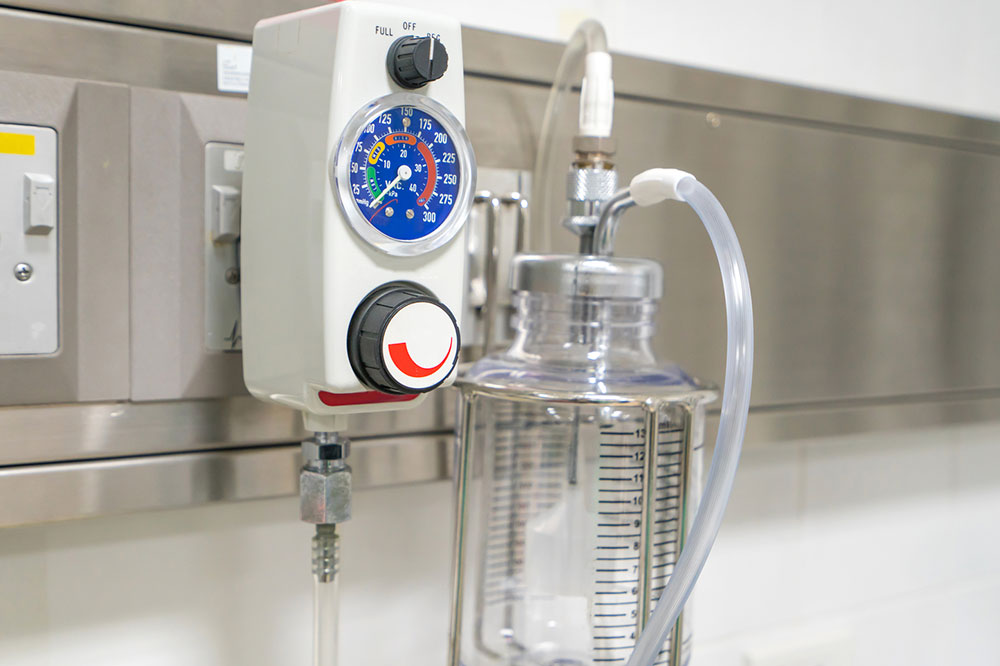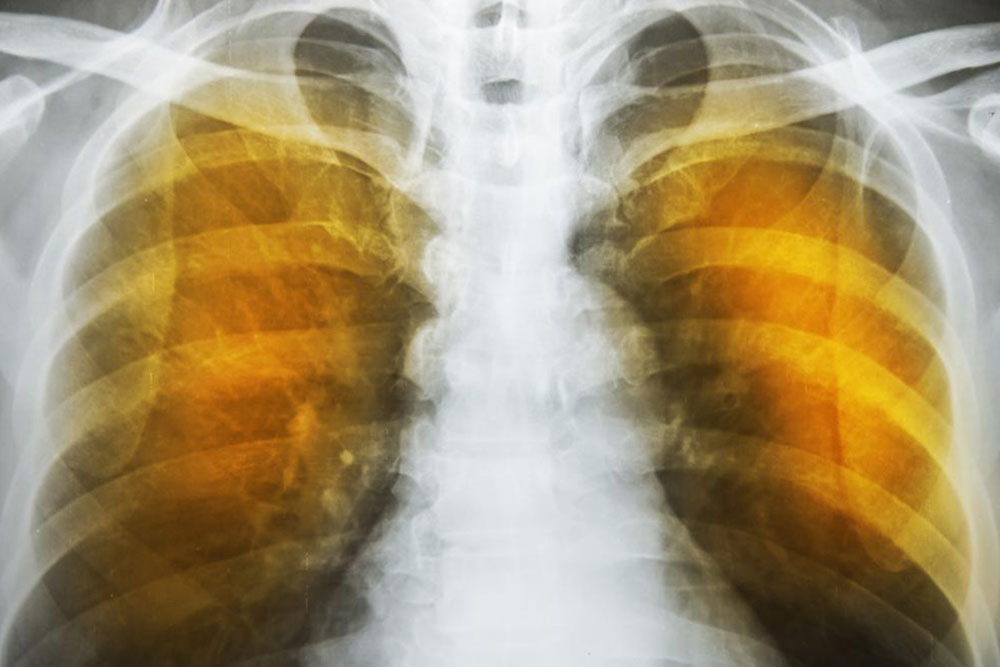Ultimate Overview of Oxygen Concentrators: Essential Information
This comprehensive guide explains oxygen concentrators, their benefits, working mechanisms, types, and top models. It emphasizes safety, portability, and proper usage, helping patients and caregivers make informed choices for oxygen therapy and mobility needs.

Ultimate Overview of Oxygen Concentrators: Essential Information
Oxygen concentrators are crucial medical devices that deliver supplemental oxygen to individuals experiencing breathing challenges. When blood oxygen levels fall below normal, these devices help improve oxygenation. Normally, lungs absorb oxygen from the air and transfer it to the bloodstream. If this process is compromised, doctors may recommend oxygen therapy, either temporarily or for long-term management.
Oxygen concentrators require a doctor's prescription and cannot be bought over the counter. Healthcare professionals evaluate patients and guide them on correct device use at home or while traveling.
Advantages of Oxygen Concentrators
Both stationary and portable oxygen concentrators bring significant benefits for users needing extra oxygen.
They are safer and pose less risk than traditional oxygen tanks, which can rupture or leak, creating fire hazards. Concentrators minimize these dangers.
Modern units extract oxygen by filtering air, providing an almost endless oxygen supply when powered, unlike compressed oxygen tanks.
Portable devices enable oxygen access during travel and flights, enhancing mobility for users.
Operating Principles of Oxygen Concentrators
These devices function similarly to air conditioners—they draw in air, purify it, and deliver concentrated oxygen.
The device sucks in ambient air, typically 80% nitrogen and 20% oxygen, and filters it to increase oxygen concentration.
They operate via electricity or rechargeable batteries, often with car adapters.
Oxygen is delivered at a purity level of 90-95%, after removing nitrogen, to meet medical standards.
The process involves compressing air, removing nitrogen through sieve beds containing Zeolite, and supplying purified oxygen via masks or nasal cannulas. This cycle ensures a steady flow of oxygen for patients.
Key parts include compressors, sieve beds, cooling systems, and delivery masks. Zeolite traps nitrogen, repeating cycles rapidly for consistent oxygen supply.
There are two primary types: home-use stationary units with higher flow rates and portable models that are compact and lightweight. Stationary devices are larger but more powerful, while portable options are ideal for mobile lifestyles.
"Continuous flow" models provide a continuous oxygen stream suitable for higher flow needs but tend to be heavier. "Pulse dose" models offer oxygen in on-demand pulses, making them more portable and lighter; some weigh just four pounds, perfect for lower oxygen requirements.
Top models in 2020 include Invacare Perfecto2 V, Devilbiss ultra-quiet units, Respironics EverFlo Q, and portable options like O2 Concepts Oxlife Independence, Inogen G4, and G3. These vary in features, noise levels, and portability.
Consult your healthcare provider to select the most suitable oxygen concentrator based on your oxygen needs and daily routine. Proper operation and maintenance are vital for safe and efficient therapy.


